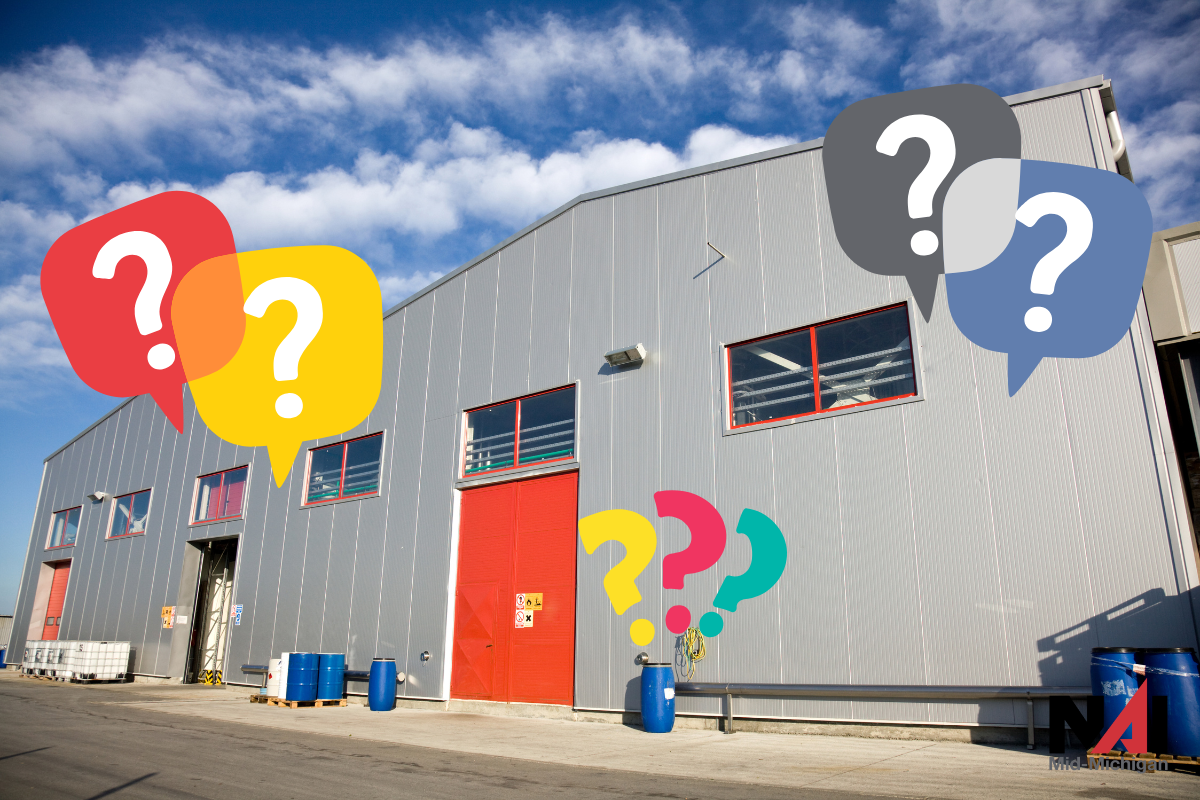Your No-Fluff Guide to Finding Functional, Future-Proof Space
When you’re in the market for industrial real estate, flashy finishes and slick amenities take a backseat to functionality. For business leasees, selecting the right site isn’t just about square footage or price per month—it’s about creating an environment that supports operations, promotes safety, and meets the business’s needs.
Here’s a streamlined guide to the essentials every industrial tenant should prioritize during site selection:
1. Operational Efficiency: Layout and Infrastructure
Your facility should support seamless workflow. Evaluate the space based on:
- Clear height and column spacing – essential for optimizing racking and equipment placement.
- Loading docks and doors – consider the number, size, and placement for efficient shipping/receiving.
- Power capacity – does it meet your machinery and growth needs?
- Floor load capacity – especially vital for heavy manufacturing or warehousing.
The wrong layout can lead to bottlenecks and lost productivity. Partner with your broker to assess how well a site matches your operational model—and whether it’s flexible enough to evolve with your business.
2. Location, Location… Logistics
Location isn’t just about where it is on the map. It’s about proximity to the people and partners who keep your business running. Key considerations include:
- Access to major highways and transportation nodes (rail, ports, airports).
- Distance to suppliers, distributors, and customers.
- Traffic flow and congestion patterns—especially important for just-in-time operations.
Remember, a few extra miles in the wrong direction could mean higher fuel costs, driver delays, and service disruption.
3. Labor Market and Employee Retention
Your workforce is your backbone. Consider:
- Access to skilled labor – check regional employment stats and skill availability.
- Commuting accessibility – near public transit? Plenty of parking?
- Quality of life in the area – safe neighborhoods, affordable housing, and nearby amenities can make a difference.
A facility that’s hard to get to or located in an unattractive area could lead to high turnover and hiring headaches.
4. Zoning, Compliance, and Future Use
Before signing the dotted line, confirm that:
- The property is zoned correctly for your intended use.
- Environmental regulations (noise, emissions, hazardous materials) are manageable.
- There’s room for expansion or equipment upgrades as your business grows.
Local zoning laws can change, so consult legal and municipal experts to understand future development plans or restrictions.
5. Cost Beyond Rent
Rent is only part of the picture. Look at the full cost of occupancy:
- Triple net (NNN) fees
- Maintenance and utilities
- Retrofitting or build-out expenses
Run a total cost of ownership (TCO) analysis and compare options apples-to-apples.
6. Safety and Security
Finally, don’t overlook worker safety and asset protection:
- Building condition – structural integrity, roof age, HVAC, plumbing, etc.
- On-site safety features – lighting, surveillance, access control.
- Proximity to emergency services – fire, police, medical.
Your facility should not only meet OSHA standards but also promote a safety culture.
The Bottom Line
Choosing industrial space is a strategic decision with far-reaching impacts. Prioritize function, logistics, labor access, compliance, and long-term viability. A good space will support your operations; a great one will fuel your growth.
Need expert insight into your industrial lease options? Contact your local commercial real estate advisor to start your site selection process with clarity and confidence.

